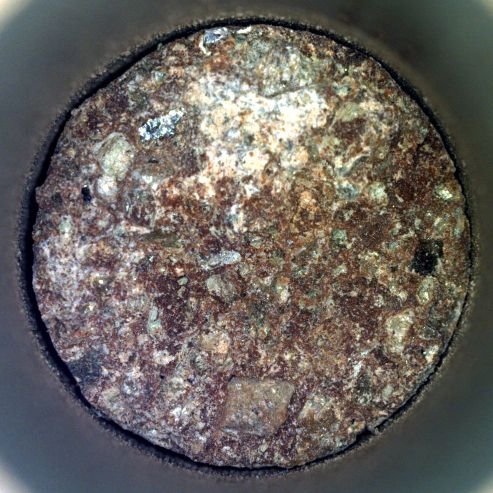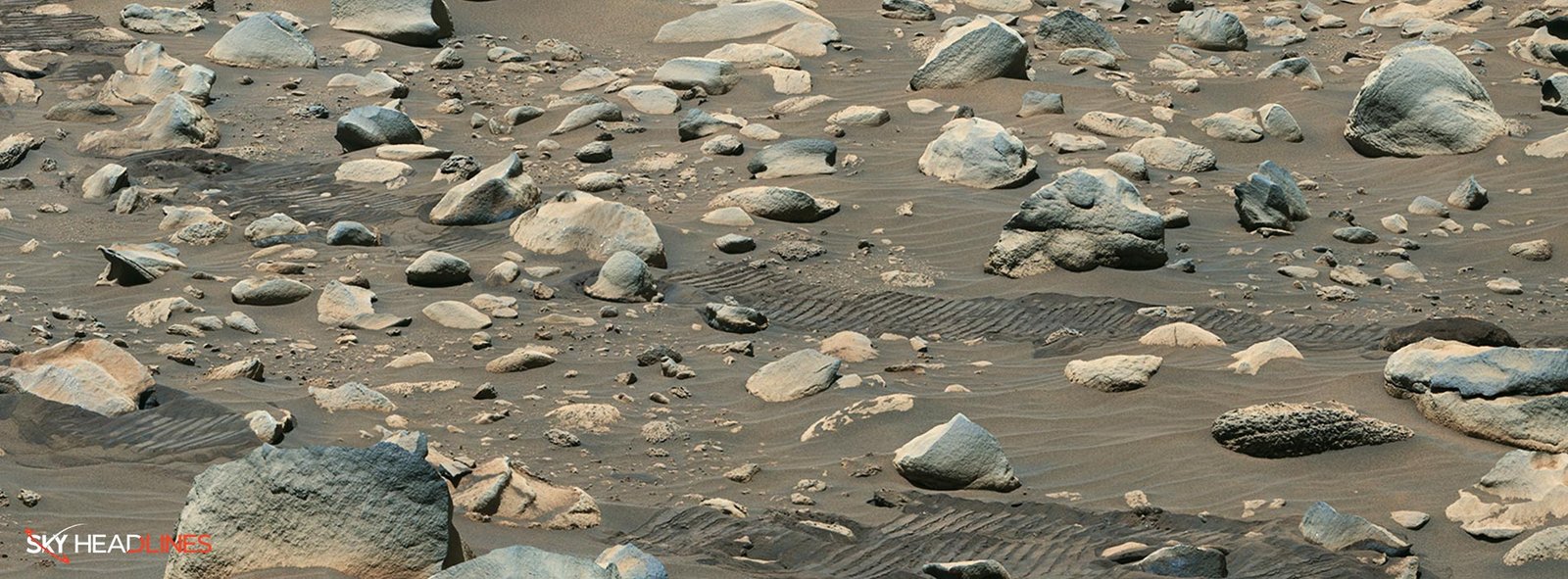River in Mars carried chunks of rocks from somewhere. It happened because NASA’s Perseverance Mars rover drilled this sample action. If you are interested in knowing more about the rocks, and how the river has drilled this action, then continue reading.
What discoveries did NASA’s Perseverance rover make with River in Mars?
On June 23 (the 832nd Martian day, or sol, of the mission), NASA’s Perseverance Mars rover sealed the tube containing its 20th rock core sample, and the mission’s science team is enthusiastic about its possibilities. The six-wheeled geologist is receiving some aid in its search for various rock samples that could be sent to Earth for further study.
This is because this sample was taken by the rover from a rock outcrop made of small fragments of other rocks that were transported here by a river in the distant past and became cemented together.
With each new rock fragment signifying a geologic tale to be told, conglomerates like this one—dubbed “Emerald Lake”, River in Mars, by the team—pack a lot of information about locations the rover may never reach.
“Pebbles and boulders found in a river are messengers from afar,” said Ken Farley, Perseverance project scientist from Caltech in Pasadena.
“And while the water that created the Martian riverbed that Perseverance is currently exploring evaporated billions of years ago, the story carried by those waters remains fresh, stored in conglomerate rock.”
If you are wondering what are perseverance rock samples that are collected for return to Earth and examined to uncover Mars’ history, then the following part is for you!
What can Perseverance’s ‘Otis Peak’ rock core samples reveal about Mars’ past?
These samples are persistently being gathered to be returned to Earth by the NASA-ESA (European Space Agency) Mars Sample Return campaign and examined by lab apparatus that is too huge and sophisticated to be sent to Mars.
Each stone and fragment in this core, known as “Otis Peak,” can be examined by scientists to learn information about its age, the river’s environmental conditions at the time the conglomerate formed, and whether or not it contains evidence of ancient microbial life.

Perseverance, now in its third science campaign, is investigating the top of a 130-foot-tall (40-meter) fan-shaped mound of sedimentary rock. The rover is moving toward “Snowdrift Peak,” a low peak, with this sample sealed and kept inside its belly. It will have to travel across a boulder field to get there.
Now, here arises a question in your mind what boulders likely transported by an ancient river on Mars are being considered? If yes, then keep hovering!
Can ancient river-borne boulders hold the key to Mars’ geological secrets?
Scientists think the boulders likely developed somewhere and were moved to their present location billions of years ago by an ancient river, just like the rock fragments in the Otis Peak sample.
Boulders are desirable because of their expansive surface areas, which enable researchers to visually examine a variety of possibly unique rocks in a single photograph. To be prepared to stop for anything that piques their interest, the team will be keeping their options open.
Farley said:
“Whether the boulders appear intriguing enough for closer examination and possible sampling remains to be seen – literally.
We’re taking a page from the past. Prospectors looking for gold or diamonds in the old days often looked in rivers to determine whether there was any deposit of interest upstream. No need to hike up there to see – let the river do the work!”
If you want to know more about the Boulders that could be a Potential Window into Mars’ Geological History, then the next part of the blog is for you!
Is there a fast-flowing river in Mars?
The Perseverance rover, currently exploring the Jazero crater on Mars, has uncovered evidence of fast-flowing rivers and lakes in the planet’s past. This discovery is prompting scientists to reassess their understanding of the characteristics of ancient Martian watery environments.
Is there an underground lake on Mars?
According to research findings, Mars once possessed a global groundwater system, and several significant planetary features were shaped by the influence of this groundwater. When water ascended to the surface or approached it closely, diverse minerals were deposited, and sediments underwent a cementation process, binding them together to create distinct geological formations.
One of the largest subglacial lakes, comparable in size to Lake Ontario, is Lake Vostok, lying beneath over 2 miles (3 km) of ice. Remarkably, certain subglacial lakes host thriving microorganisms that appear to sustain themselves by consuming minerals present in crushed rock.
Where is water hidden on Mars?
Evidence of an extensive water deposit has been detected beneath the Valles Marineris Martian canyon system by the European Space Agency’s ExoMars orbiter. This canyon system, among the largest in the Solar System, surpassing the Grand Canyon in Arizona by about five times in depth and ten times in length, has provided valuable insights into the presence of water on Mars.
Why did the river in Mars dry up?
For a considerable time, scientists have hypothesized that the loss of carbon dioxide from Mars’ atmosphere played a role in maintaining its warmth and leading to its desiccation. Unlike Earth, Mars lacks tectonic plate movement to bury rocks over extended periods, which has preserved the ancient imprints of surface rivers undisturbed over time.





